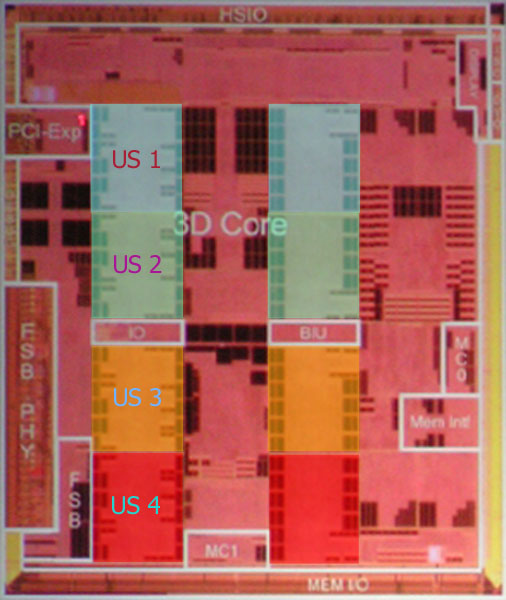trumphsiao
Regular
kemosabe said:Makes little sense to call it X1800GTO rather than X1900GTO if it's based on the R580 core. And where does Kristopher get X1800 Pro?
If R590 is indeed a mid-range part (R570 code name would have made more sense in this case) and R580 has to hold the high-end fort until October as the source suggests, ATI will be in for a long summer.
If my theory is right, I think there are plenty of unqualified R580 croes in the stockpile which are suited for 400~250 price range. What I dont quite follow is why ATI name unqualified R580(with a few quad disabled depends on each chip) as X1800GTO/XL . R580 has 4 dispatch processors and each have 4 quad PS . Disable one Dispatch Processor you loss 4 Quad and still you have 12 Quad . I dont think X1800GTO/Pro is suitable unless ATi doesnt have enough 12 Quad~8 Quad PS R580 .

